Sugar Maple Tree
- September 26, 2023
- 0 comment
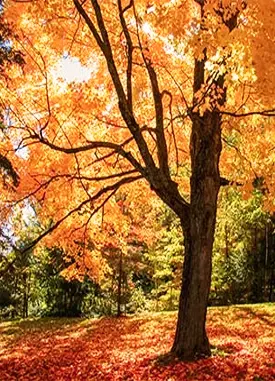
- Common Name: Sugar Maple Tree
- Botanical Name: Acer saccharum
- Family: Sapindaceae
- Plant Type: Deciduous tree
Lumber
Sugar maple wood is highly valued for its strength, fine grain, and beautiful light-colored appearance. It is commonly used in the manufacturing of furniture, cabinetry, flooring, and musical instruments, particularly violins. It’s also a preferred choice for making maple syrup taps and handles due to its durability.
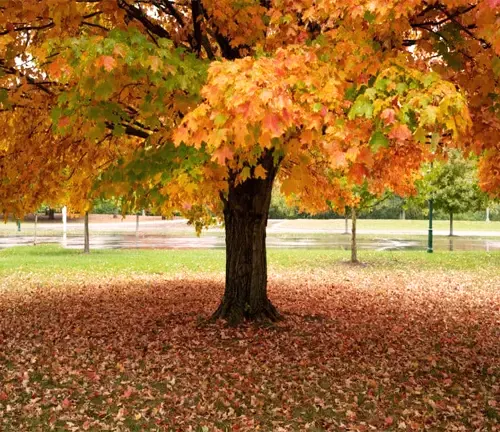
Mature Size and Growth Rate
Sugar maple trees typically reach a height of 60 to 75 feet (18 to 23 meters) with a spread of 40 to 50 feet (12 to 15 meters). They have a moderate growth rate, gaining about 1 to 2 feet in height per year.
Soil Type
Sugar maples, scientifically known as Acer saccharum, are highly versatile when it comes to soil adaptation. While they truly thrive in well-draining, loamy soils, their robust nature allows them to adapt to various soil types. This adaptability is a boon for gardeners and forest ecosystems alike. Whether it’s sandy soil, clayey soil, or something in between, sugar maples can establish themselves and flourish, although they may exhibit their best growth and health in optimal loamy conditions.

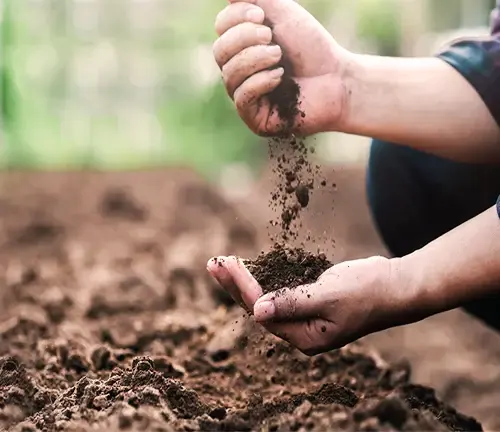
Soil Preferences
Sugar maple trees exhibit a preference for soils that fall within a slightly acidic to neutral pH range, typically ranging from 6.0 to 7.5. This pH preference reflects the tree’s natural habitat in mixed hardwood forests of eastern North America, where these conditions are often found.
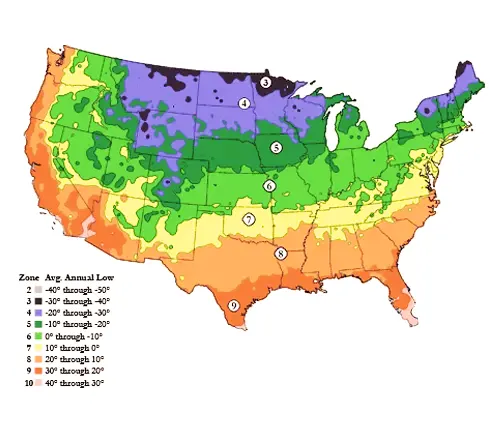
Hardiness Zone
Sugar maples are hardy in USDA zones 3 to 8.
Sun Preference
Sugar maples, or Acer saccharum, are versatile when it comes to sun exposure. They perform best in full sun to partial shade, displaying their most vibrant growth and vivid fall colors in full sunlight. However, they can also tolerate some shade, making them adaptable choices for landscaping in a variety of light conditions. This adaptability allows for flexible landscaping options, whether you want to create shade or showcase their stunning autumn foliage.
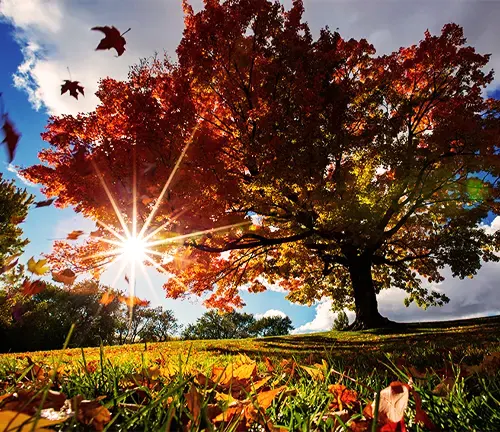
Attributes and Characteristics
Sugar maples (Acer saccharum) feature distinctive leaves that burst into vibrant fall colors, smooth gray bark maturing to furrowed texture, inconspicuous spring flowers, and unique double-winged seeds. Their shallow root system requires cautious soil management.
Wildlife Value
Sugar maple trees provide important habitat and food sources for wildlife. Birds, squirrels, and other animals feed on the seeds, while deer and other herbivores browse on the foliage. The tree’s dense canopy also offers shelter for various bird species.
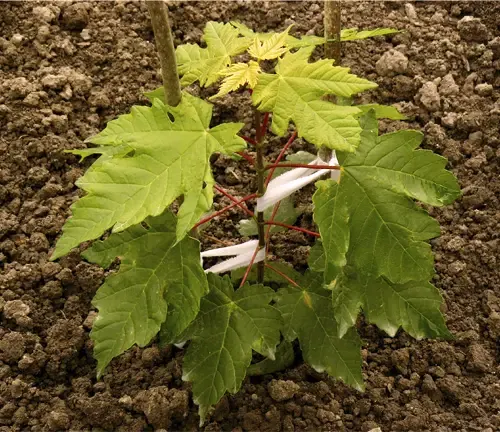
Care
Caring for sugar maples involves a few key steps. Newly planted trees require consistent watering until they establish strong root systems, after which they become relatively drought-tolerant. Applying mulch around the base helps retain moisture, control weeds, and maintain soil temperature. Pruning should be minimal and done during the dormant season to preserve a robust central leader and eliminate dead or damaged branches, ensuring the tree’s long-term health and vitality.
Benefits
- Sugar maples are cherished for their stunning fall foliage, making them a popular ornamental tree.
- They are a vital source of sap for making maple syrup, a cherished North American delicacy.
- The lumber is highly prized for its quality and versatility in woodworking.
Invasive
Sugar maples are not considered invasive; they are native to eastern North America.
Lifespan
In optimal conditions, sugar maple trees can live for several centuries, with some individuals exceeding 400 years of age.
Disadvantages
Sugar maples can be sensitive to pollution and road salt, leading to potential harm to their leaves and root systems. Additionally, their shallow root systems increase vulnerability to uprooting in severe storms.
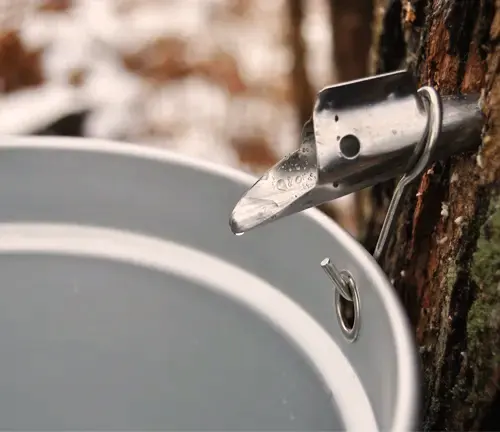
Edible or Not
While the seeds of sugar maples are not typically consumed, the sap is used to produce maple syrup, a popular and delicious natural sweetener.
Habitat Requirements
Sugar maples are native to the eastern United States and Canada, where they thrive in mixed hardwood forests and can often be found alongside other tree species like oaks and beeches. They are adaptable and can grow in various soil types as long as they receive adequate moisture.
Name of Origin
The common name “sugar maple” reflects the tree’s historical significance in producing maple syrup. Its botanical name, Acer saccharum, derives from “saccharum,” which means sugar in Latin.
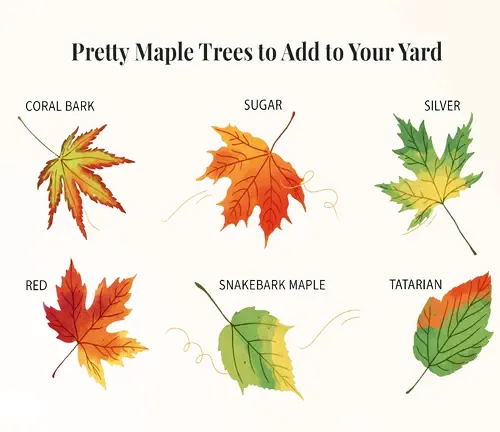
Varieties
There are several subspecies and varieties of sugar maple, each with slight variations in characteristics and range. Some notable ones include the Black Maple (Acer saccharum subsp. nigrum) and the Silver Maple (Acer saccharum subsp. saccharinum).
Pruning
Pruning sugar maples should be minimal and performed during the dormant season to remove dead or diseased branches and maintain a strong central leader. Over-pruning can stress the tree and should be avoided.
Propagating
Sugar maples can be propagated from seeds or cuttings, although growing from seeds is the most common method. Seeds should be collected in late spring when they are ripe and sown immediately or stored in a cool, dry place until the following spring.
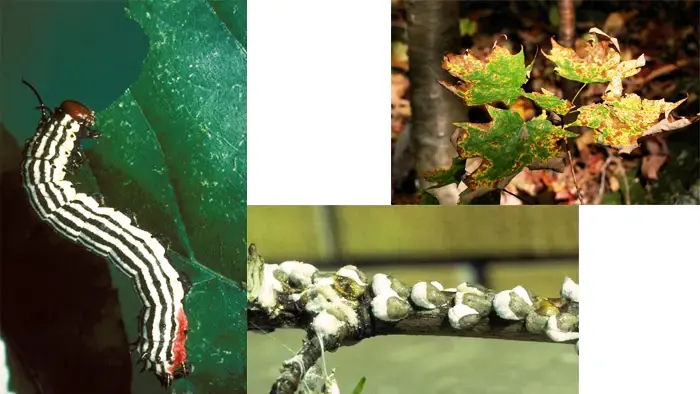
Common Pests & Diseases
Common pests of sugar maples include aphids, scale insects, and caterpillars. Diseases such as tar spot, powdery mildew, and verticillium wilt can also affect them. Regular monitoring and proper care can help mitigate these issues.
Fun Facts
- The sugar maple leaf is the national emblem of Canada and the state tree of several U.S. states, including Vermont, New York, and Wisconsin.
- It takes approximately 40 gallons of sap to make one gallon of maple syrup.
- Sugar maples are known for their “sugarbushes,” which are areas of the forest where multiple maple trees are tapped for syrup production.
FAQs
- Can I tap a sugar maple tree in my backyard for syrup production?
Yes, if you have a mature sugar maple tree, you can tap it for sap to make maple syrup. However, ensure you follow proper tapping procedures and collect sap responsibly to avoid harming the tree. - Are sugar maple trees prone to diseases?
While sugar maples can be susceptible to certain diseases, regular care and monitoring can help prevent and manage these issues. - How can I identify a sugar maple tree?
Look for leaves with three to five lobes and vibrant fall foliage in shades of red, orange, and yellow. The distinctive winged seeds (samaras) are another key identifier. - What is the best time to plant a sugar maple tree?
Fall or early spring, when the tree is dormant, is the ideal time for planting sugar maple trees. - Do sugar maple trees have a high water requirement?
Newly planted sugar maples need regular watering until they establish themselves. Once mature, they are relatively drought-tolerant but benefit from occasional deep watering during dry periods.
In conclusion, the Sugar Maple Tree (Acer saccharum) stands as a symbol of natural beauty and versatility. With its stunning foliage, valuable lumber, and the sweet gift of maple syrup, it enriches our landscapes and lives. However, it requires a mindful approach to care and maintenance, given its sensitivity to environmental factors and shallow root system. Nevertheless, the iconic Sugar Maple continues to be a beloved and cherished presence in North American forests and gardens, captivating us with its seasonal transformations and contributions to our culture.


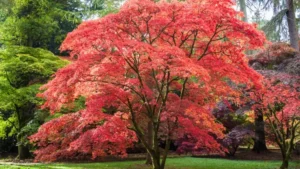
Leave your comment